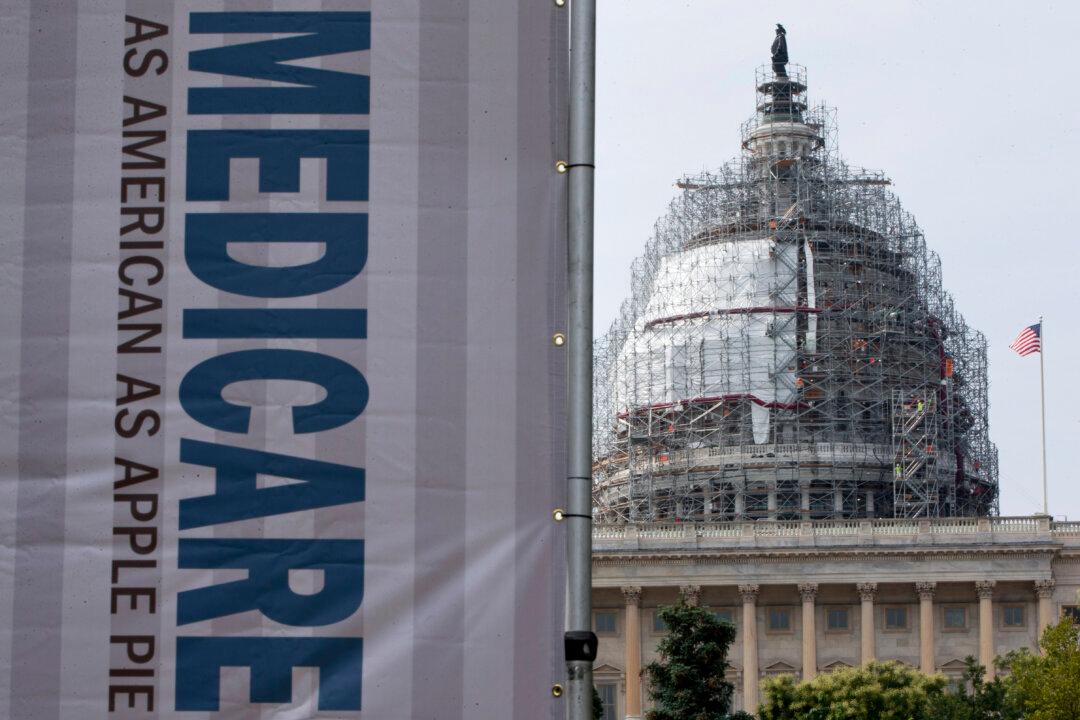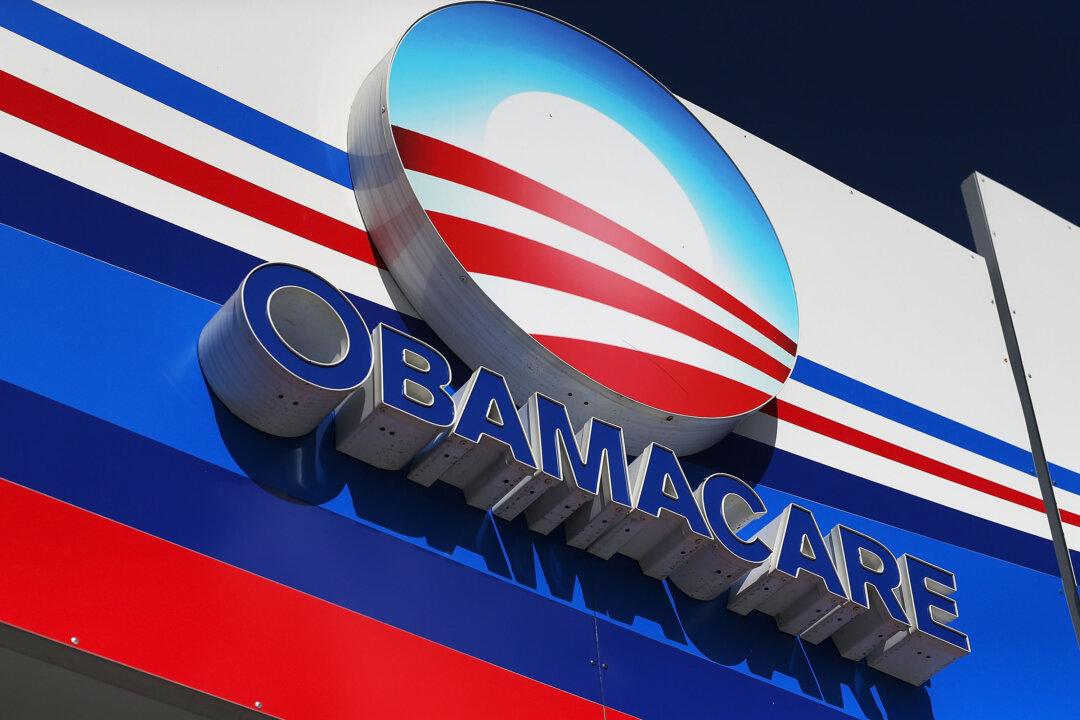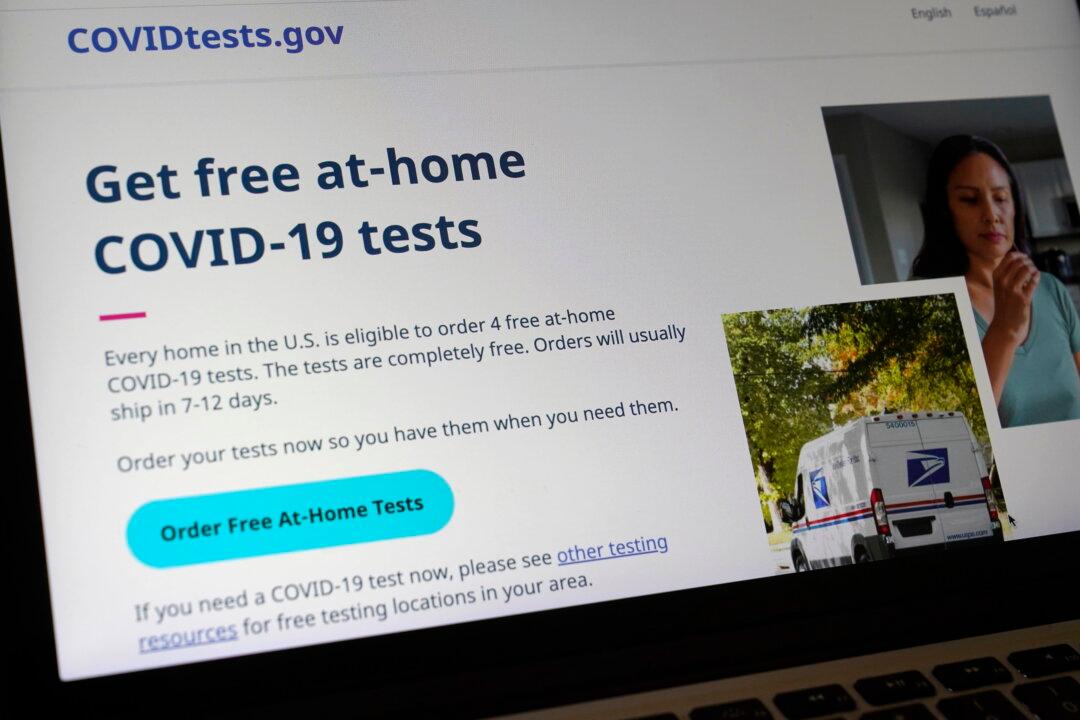Hillary Clinton just dipped her toe a little bit further into the waters of single-payer health care, prodded by her competitor for the Democratic presidential nomination, Bernie Sanders.
She recently called for allowing more people to join Medicare—the government-run health care program for seniors—by allowing those “55 or 50 and up” to buy into it. Sanders can no doubt take credit for pulling her further left—his proposal to expand Medicare to all Americans has evinced cheers from his partisans.
But the record of other single-payer systems should silence those cheers. Single-payer would destroy health care quality and rob patients blind in the process.
Single-payer would destroy health care quality and rob patients blind in the process.





